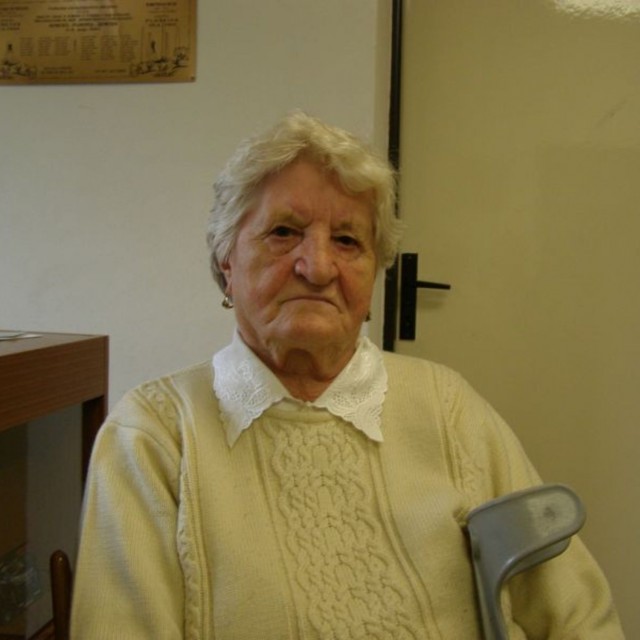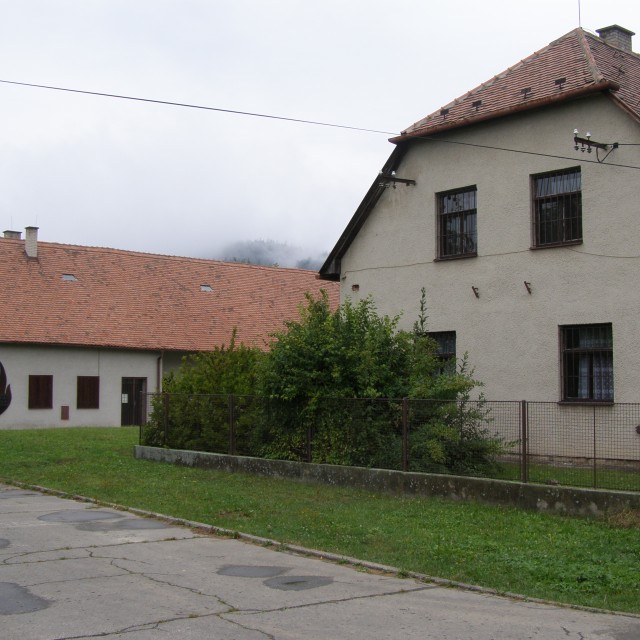It Took Me a Year to Get Rid of the Burning Smell
In the evening of April 19, 1945, the settlement of Ploština was attacked by a special counter-partisan SS unit commanded by Werner Tutter. A Gestapo informer had managed to infiltrate the partisan group operating in this area and now, the Nazis came to punish the inhabitants of Ploština for helping the partisans. Božena Húšťová, an eyewitness of the SS action, recalls how soldiers searched the Ploština houses. First, they destroyed furniture and dishes and then they started to set the houses on fire. The informer, called Machů, walked around the village pointing at men who were helping the partisans and the soldiers tied them up. The witness recalls that the soldiers were drunk, because when looting the houses, they found a lot of homemade slivovitz. The detained men were interrogated and beaten, and some of them even had to strip down to their underwear. After a secret cache of weapons exploded in one of the houses, all the detained men were driven to the burning houses and they burned there to death. If they tried to get out of the burning houses, they were shot dead. At that day, 24 people died in Ploština, including one woman. Among the victims was also the brother of Božena Húšťová and she had to identify him at the burnt site on the following day: “I knew what he was wearing. As they were chained together, a piece of the shirt under his armpits remained intact. Otherwise I could not recognize anything. I also identified my father’s brother, because of the leather boots he was wearing. I took me a year to get rid of the burning smell.”
Hodnocení
Hodnotilo 0 lidí
Routes
Comments
No comments yet.



